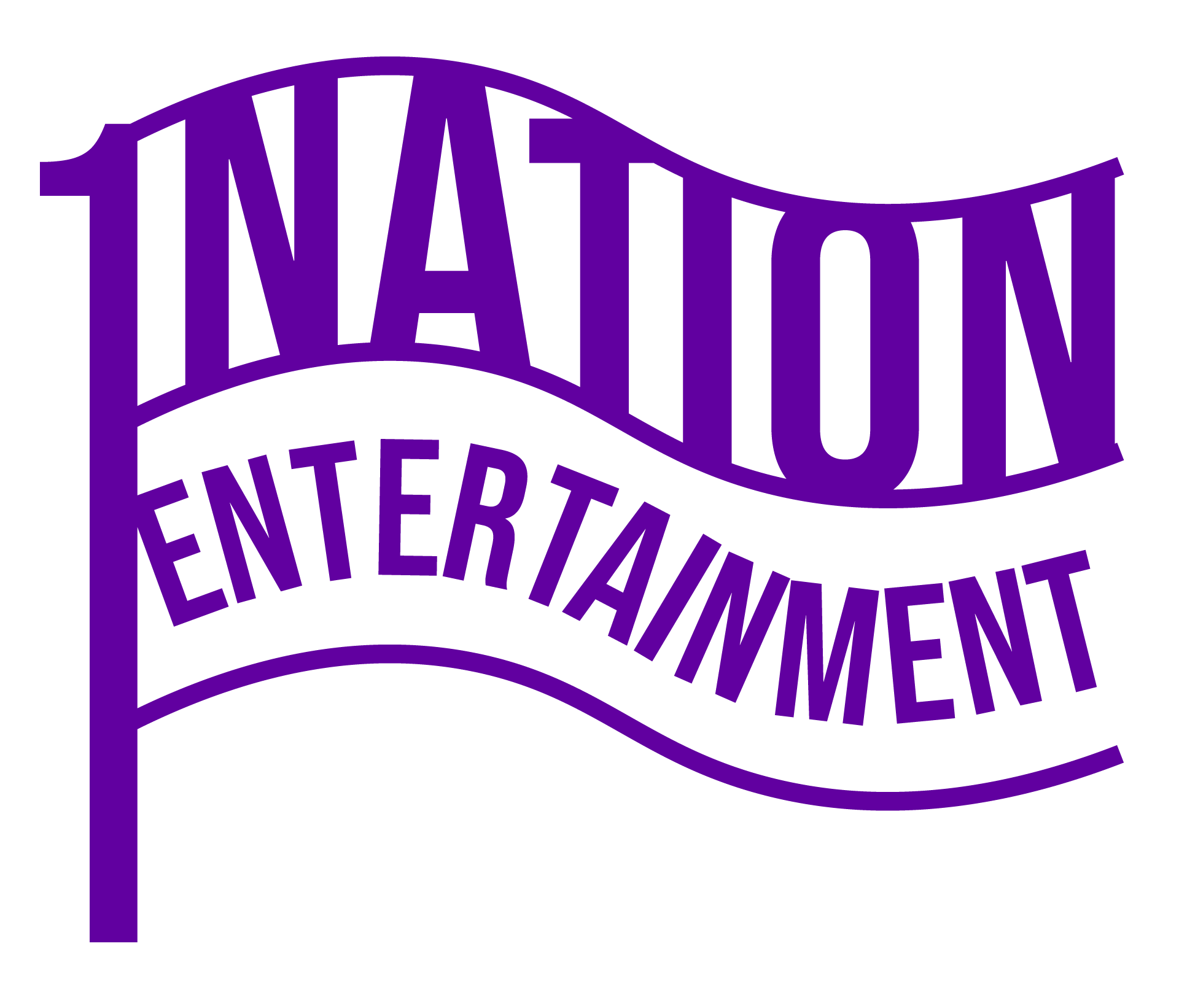Exploring the intricate landscape of new cultural insights offers a fascinating journey through the evolving norms, behaviors, and societal shifts shaping our world. In this dynamic era, where technology, globalization, and social movements continually reshape cultures, uncovering fresh perspectives becomes essential for navigating modern life. This article delves into the latest trends, key drivers, and real-world examples that define contemporary cultural evolution, providing a comprehensive overview of how these insights impact everyday life and societal progress. By examining both historical contexts and futuristic predictions, we aim to shed light on the transformative power of cultural awareness in addressing challenges and embracing opportunities.
Key Takeaways
- Cultural Analysis Defined: Examining shared beliefs, values, customs, and behaviors to uncover societal dynamics and foster deeper understanding.
- Impact on Organizations: Leveraging cultural insights to align strategies with employee and customer expectations, driving business success.
- Practical Applications: Utilizing methods like workplace surveys, social media trend analysis, consumer behavior studies, and media consumption insights for tailored strategies.
- Systematic Approach: Employing rigorous methods including surveys, interviews, observations, and advanced tools for comprehensive data analysis.
- Ethical Presentation: Presenting findings with respect and sensitivity to avoid misrepresentation and ensure cultural communities are honored.
- Continuous Learning: Staying informed about evolving trends to maintain relevance and provide up-to-date cultural insights.
- Cultural Identity and Influence: Recognizing how cultural traits such as traditions, language, attire, cuisine, and social norms shape individual and collective identities and behaviors.

Cultural Insights Explained
Cultural insights refer to the deep understanding of the unique values, traditions, beliefs, and social behaviors that define a particular culture. These insights are gained through observation, study, and engagement with the cultural elements of a group, allowing us to appreciate the complexities and nuances that make each culture distinct.
Why Cultural Insights Matter
Understanding cultural insights is essential in today’s interconnected world. It fosters empathy, bridges communication gaps, and promotes mutual respect among diverse groups. Culturally aware individuals and organizations can navigate global challenges more effectively, whether in business, education, or personal interactions.
How to Gather Cultural Insights
- Observation : Pay attention to daily routines, customs, and social norms. Notice how people interact, celebrate milestones, and approach problem-solving.
- Participation : Engage in cultural activities, festivals, and traditions to experience firsthand how the culture functions.
- Research : Study historical documents, literature, and artifacts to uncover the roots of cultural practices.
- Surveys and Interviews : Collect data through structured questions or conversations to gather specific insights.
When gathering cultural insights, it’s crucial to approach the task with respect and an open mind. Understanding a culture isn’t just about observing surface-level traits—it involves delving into the deeper meanings and values that shape behavior and perspectives.
Competitors in the Space
While we focus on delivering high-quality content, it’s worth noting competitors like Nielsen and JWT also offer valuable insights. Their approaches vary, but they share a common goal of helping clients navigate cultural complexities.
By leveraging these insights, businesses and individuals can create more inclusive environments and make informed decisions that resonate across diverse populations.
Recent Cultural Changes
-
Increased Adoption of AI and Virtual Reality
Cultural shifts have seen a rise in the integration of artificial intelligence and virtual reality technologies into everyday life. From augmented reality experiences to AI-driven creative tools, these innovations are reshaping how people interact, work, and entertain themselves.
-
Sustainability as a Cultural Norm
There has been a noticeable increase in global consciousness toward environmental sustainability. More individuals and businesses are embracing eco-friendly practices, driving cultural changes toward responsible consumption and renewable energy adoption.
-
Remote Work Revolution
The COVID-19 pandemic accelerated the shift toward remote work, leading to long-term changes in workplace culture. This transformation has influenced productivity norms, collaboration tools, and employee well-being practices.
-
Mental Health Awareness and Support Systems
Cultural attitudes toward mental health have evolved, with greater acceptance and access to mental health resources. Organizations and communities are now prioritizing mental wellness programs and reducing stigma associated with mental health issues.
-
Emergence of the Metaverse as a Social Space
The metaverse has become a significant part of cultural discourse, offering new platforms for social interaction, virtual events, and creative expression. This immersive environment is redefining how people connect and engage in digital spaces.
-
Blending of Traditional and Modern Aesthetics
Cultural expressions are increasingly combining traditional motifs with contemporary styles. This fusion is evident in art, design, fashion, and architecture, creating unique hybrid forms that resonate globally.

What Are the 7 Cultural Factors?
The 7 cultural factors are essential components that define the unique characteristics and dynamics of a particular culture. Understanding these factors helps in grasping the values, beliefs, and practices that shape societal behavior. Below is a breakdown of each factor:
- Social Organization
- Refers to the structure of a society, including its political and economic systems. It encompasses how roles, relationships, and hierarchies are defined within a group.
-
Customs and Traditions
- Encompasses the established practices and rituals that a culture considers normal or acceptable. These customs often reflect the values and beliefs of the society.
-
Language
- Is a fundamental aspect of culture, as it reflects the history, identity, and social norms of a particular group. Language shapes communication and thought patterns.
-
Arts and Literature
- Includes visual arts, music, theater, and literature, which serve as expressions of cultural identity and heritage. Artistic forms often carry historical and spiritual significance.
-
Government and Law
- Defines the political system and legal frameworks that govern a culture. The type of government (e.g., democracy, monarchy) and its associated laws shape societal behavior and expectations.
-
Religion
- Plays a significant role in shaping cultural values, ethics, and social norms. Religious beliefs often influence art, customs, and interpersonal relationships.
-
Economic Systems
- Involves the production, distribution, and consumption of goods and services. Economic systems determine the material well-being and social stratification of a culture.
By understanding these seven cultural factors, we gain insight into the complex tapestry that defines human societies. Each element interconnects, creating a cohesive framework that influences daily life and collective identity.

Cultural Analysis Example
Cultural analysis involves examining the shared beliefs, values, customs, behaviors, and artifacts of a specific group or society. Here are some illustrative examples:
- Workplace Values Survey: A company conducts a survey among its employees to understand their core values, such as collaboration, innovation, or integrity. This helps in aligning the organizational culture with employee expectations.
- Social Media Trends: Analyzing the rise of a viral meme or trend on platforms like Instagram or TikTok can reveal cultural shifts, such as changing beauty standards or societal norms.
- Consumer Behavior Study: Retailers examine purchasing patterns and preferences to tailor their marketing strategies. For example, understanding that millennial consumers prioritize sustainability can influence product design and branding.
- Media Consumption Patterns: Content creators and marketers study which types of videos, podcasts, or articles resonate most with audiences. This helps in producing content that aligns with cultural interests and preferences.
How to Conduct a Cultural Analysis
To perform a thorough cultural analysis, follow these organized steps:
- Define the Purpose and Scope
- Determine the cultural aspect you wish to examine.
- Set clear objectives and establish the boundaries of your analysis.
- Research Methods
- Surveys and Questionnaires: Collect data through structured questions to gauge opinions and preferences.
- Interviews: Conduct one-on-one conversations to gain in-depth insights and perspectives.
- Observations: Systematically observe cultural practices, behaviors, and interactions in real-time settings.
- Select Tools and Technologies
- Use data collection tools like Excel or Google Sheets for quantitative analysis.
- Employ qualitative analysis software for organizing and interpreting textual data.
- Understand the Cultural Context
- Study the historical and social background of the culture or community in question.
- Identify key cultural elements such as traditions, values, beliefs, and practices.
- Analyze Data Sources
- Primary Data: Examine firsthand information collected through surveys, interviews, and observations.
- Secondary Data: Review existing literature, reports, and studies on the culture or related topics.
- Interpret Findings
- Draw connections between observed data and broader cultural trends.
- Identify patterns, contradictions, and unique characteristics.
- Consider the implications of your findings within the cultural context.
- Present Results Ethically
- Share your analysis in a respectful and culturally sensitive manner.
- Avoid misrepresentation of cultures or communities.
- Highlight both strengths and areas for improvement where possible.
- Stay Updated and Relevant
- Keep abreast of current trends and developments in the cultural landscape.
- Engage with diverse sources of information to ensure your analysis remains informed.
- Seek Feedback and Refine
- Present your analysis to colleagues or stakeholders for review and discussion.
- Make adjustments based on constructive feedback to enhance the accuracy and relevance of your work.

Cultural Characteristics Explained
Cultural characteristics define the unique traits and practices that identify a particular group or society. Here are five key examples:
- Traditions :
Traditions are customs and rituals passed down through generations. Examples include festivals like Diwali in India, Mardi Gras in New Orleans, or Christmas celebrations worldwide. These traditions often reflect the history, values, and beliefs of a culture. - Language :
Language is a fundamental aspect of culture, serving as a means of communication and expression. Different languages and dialects reflect the cultural identity of a region, such as Mandarin in China or Spanish in Mexico. - Attire :
Clothing and fashion are significant cultural identifiers. Traditional outfits like the Indian Kurti, Japanese Kimono, or African dashikis showcase cultural heritage and individuality. - Cuisine :
Food and cooking techniques are deeply rooted in cultural traditions. Dishes like curry in India, pasta in Italy, or sushi in Japan highlight the unique culinary practices of different cultures. - Social Norms :
Cultural norms encompass behavior, etiquette, and societal expectations. These include greeting customs, such as bowing in Japan or shaking hands in Western cultures, as well as rules for behavior in public spaces.
Understanding these cultural characteristics helps bridge gaps between diverse groups and fosters appreciation for the richness of human societies.




